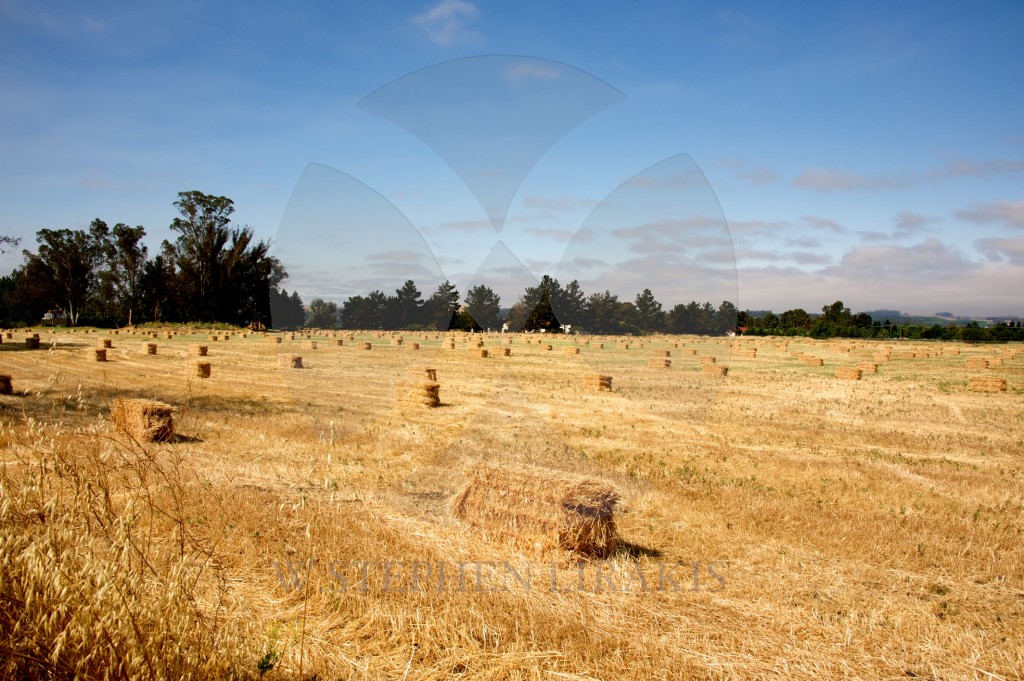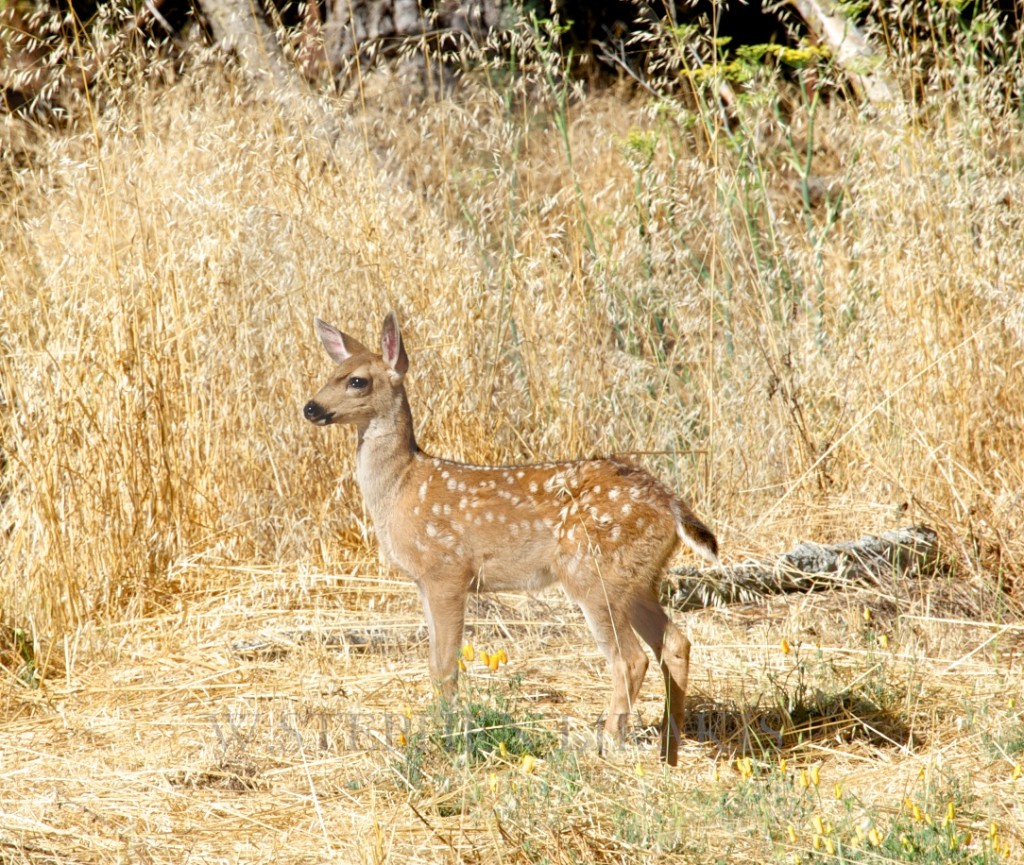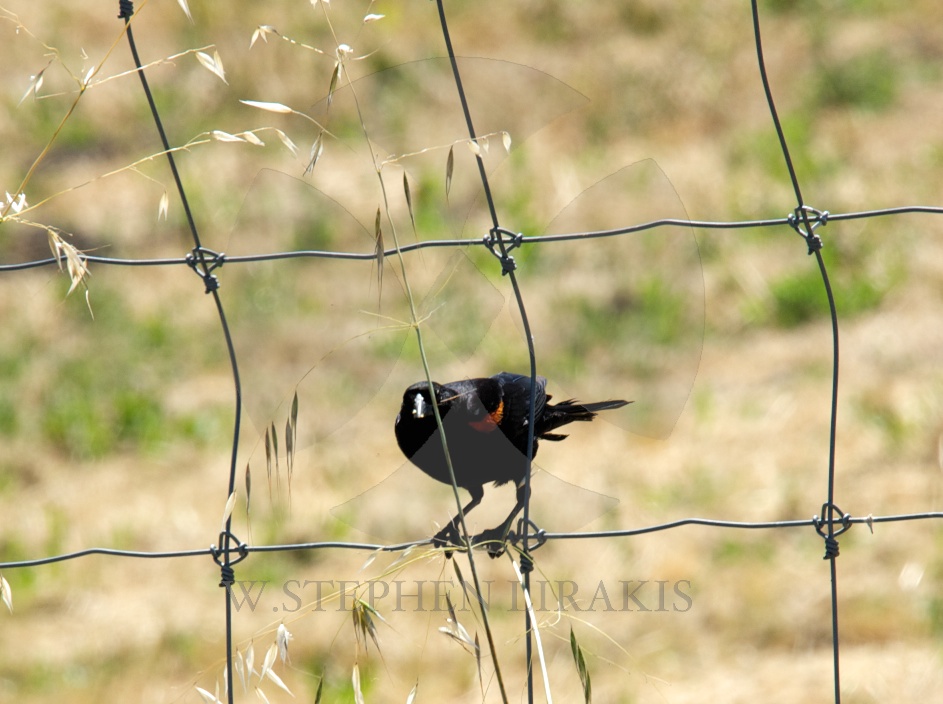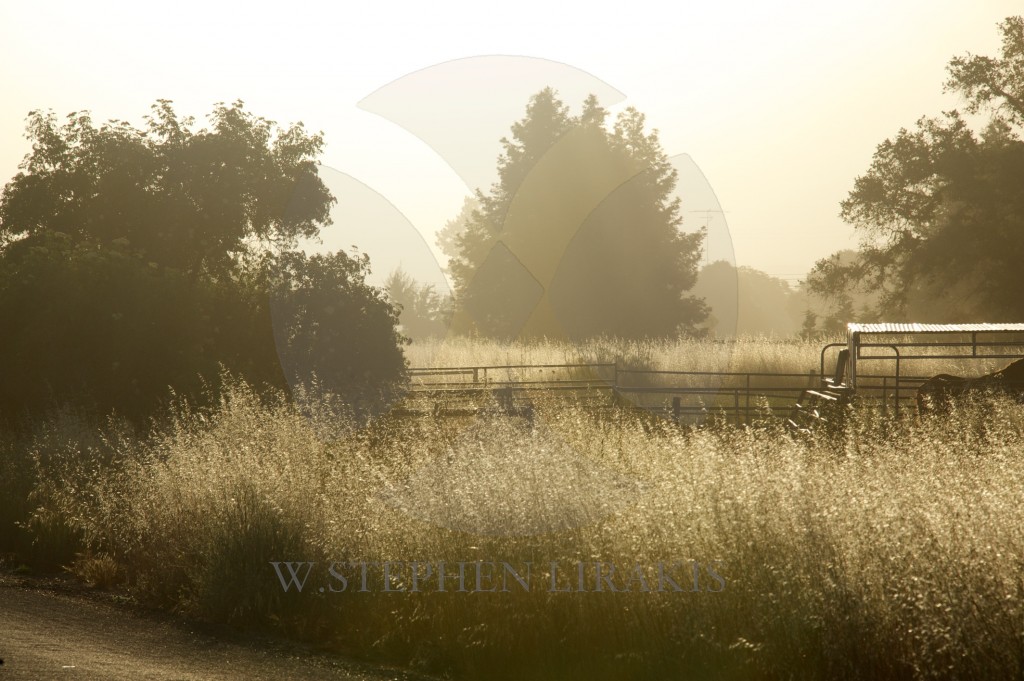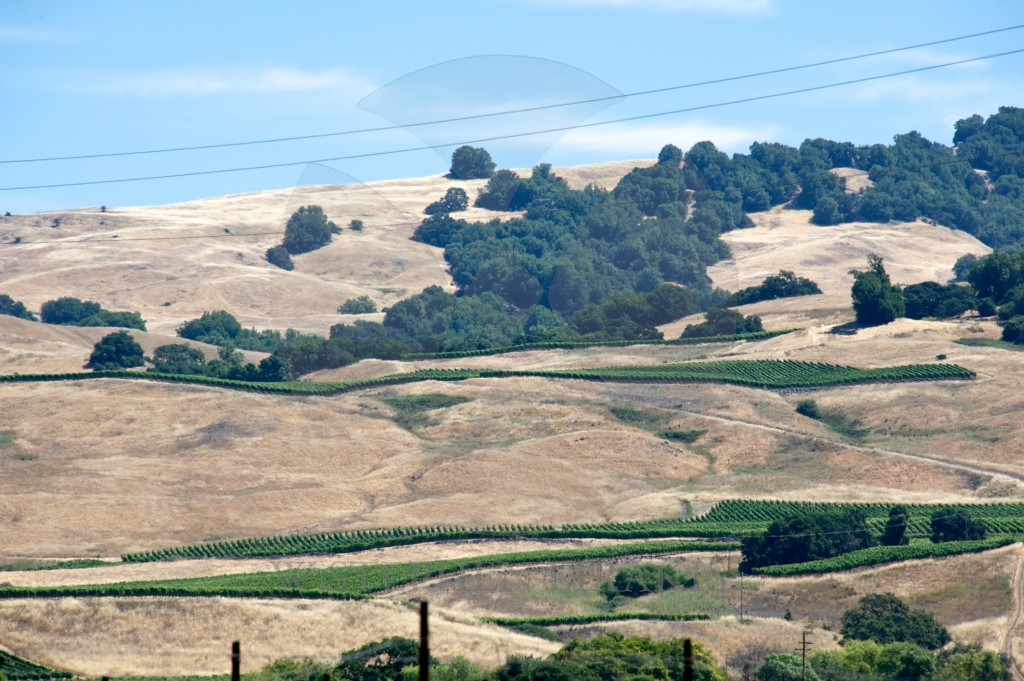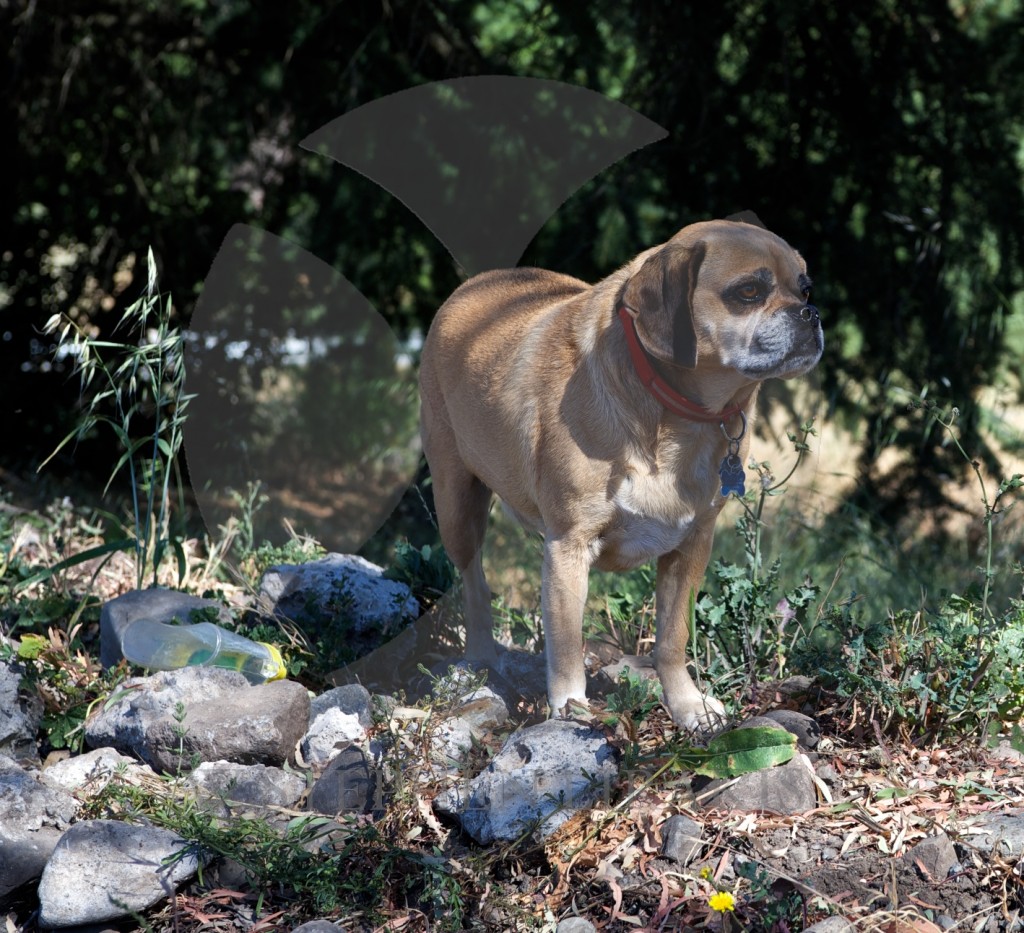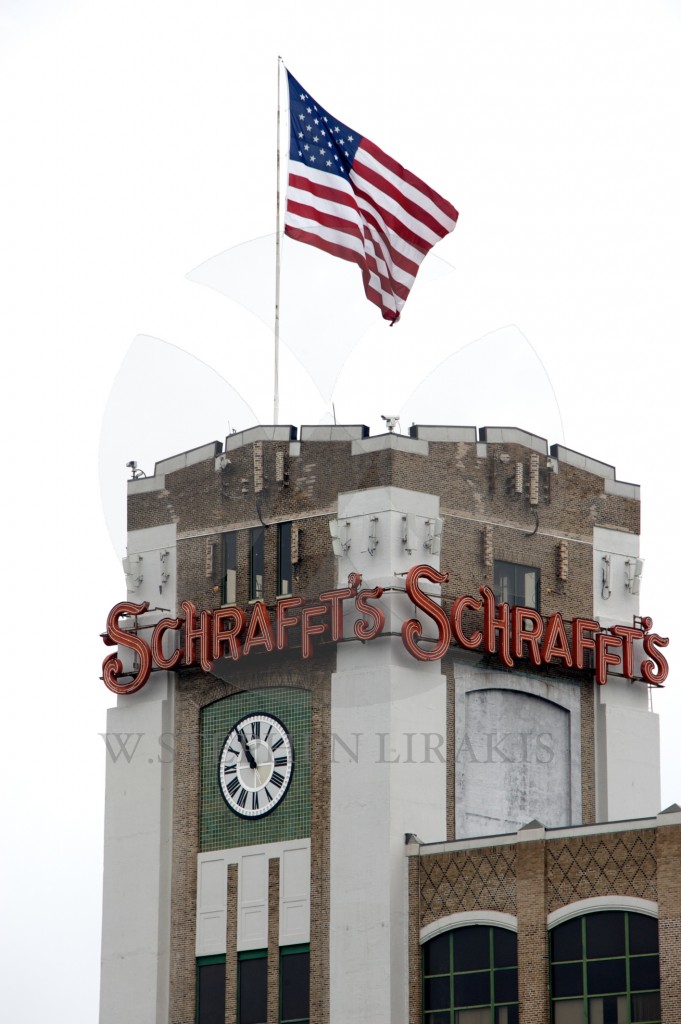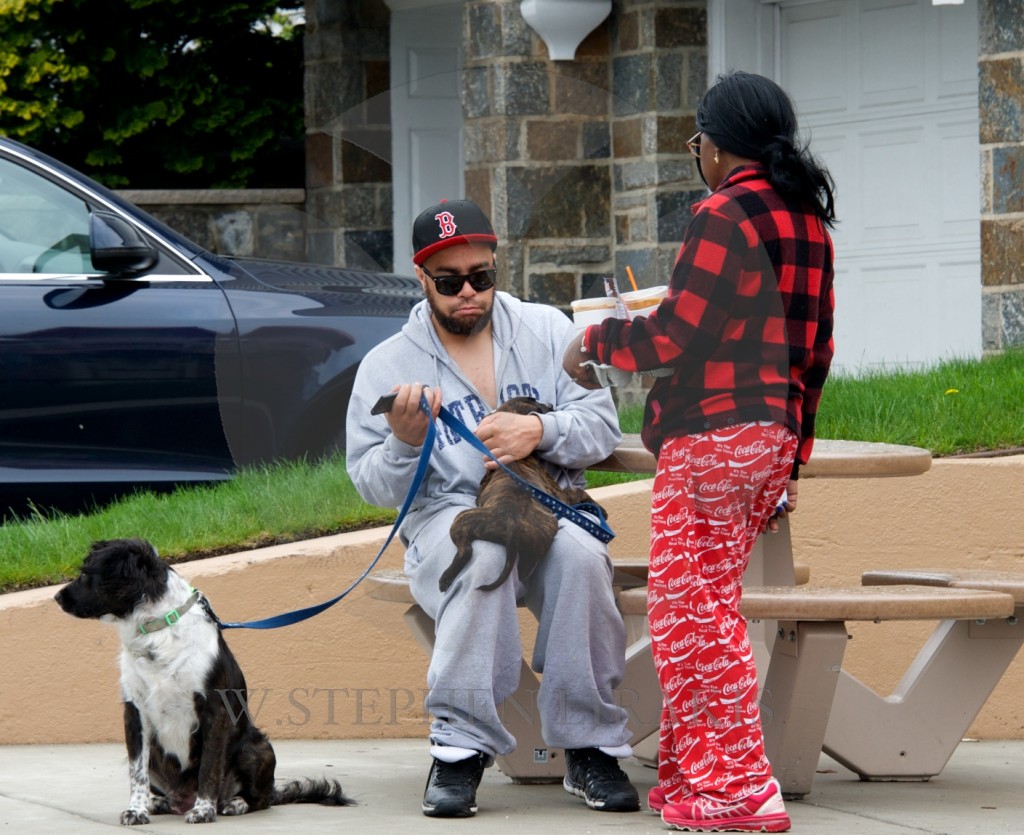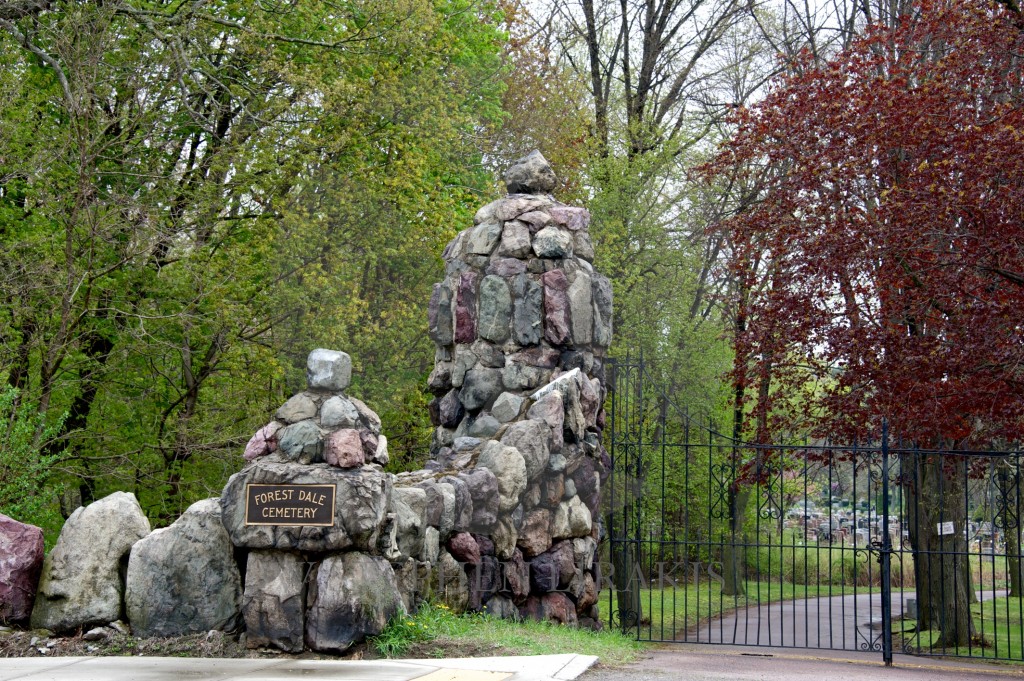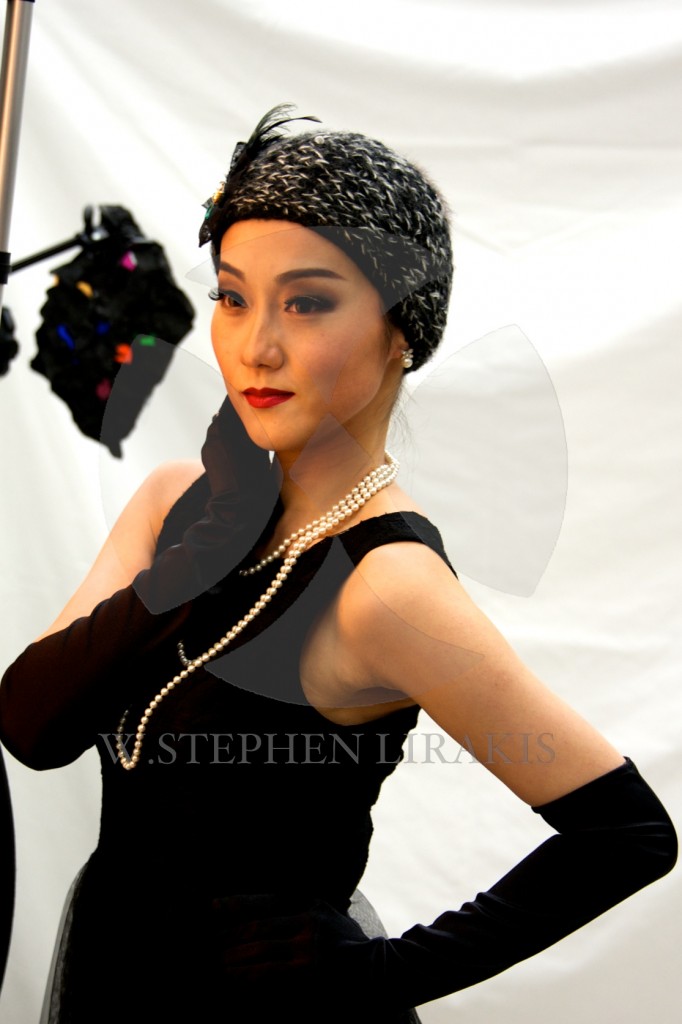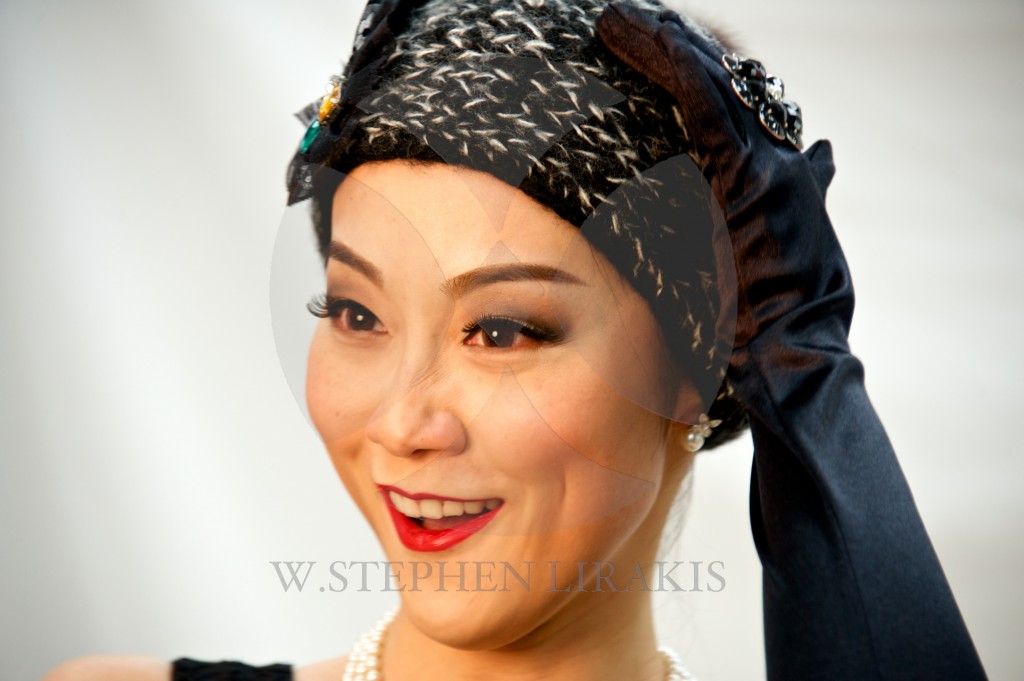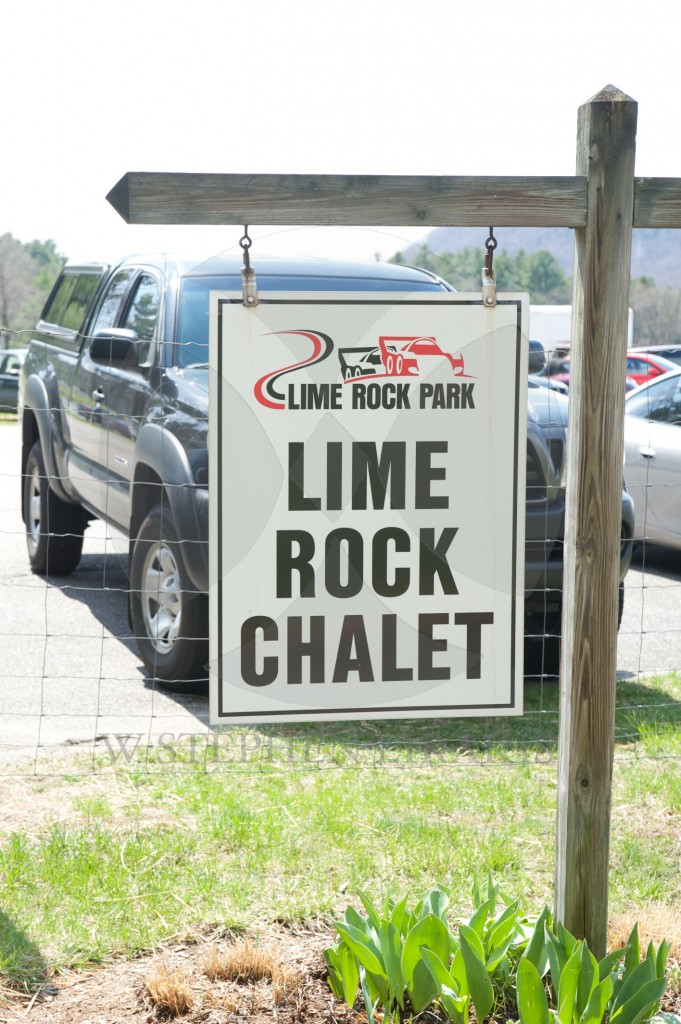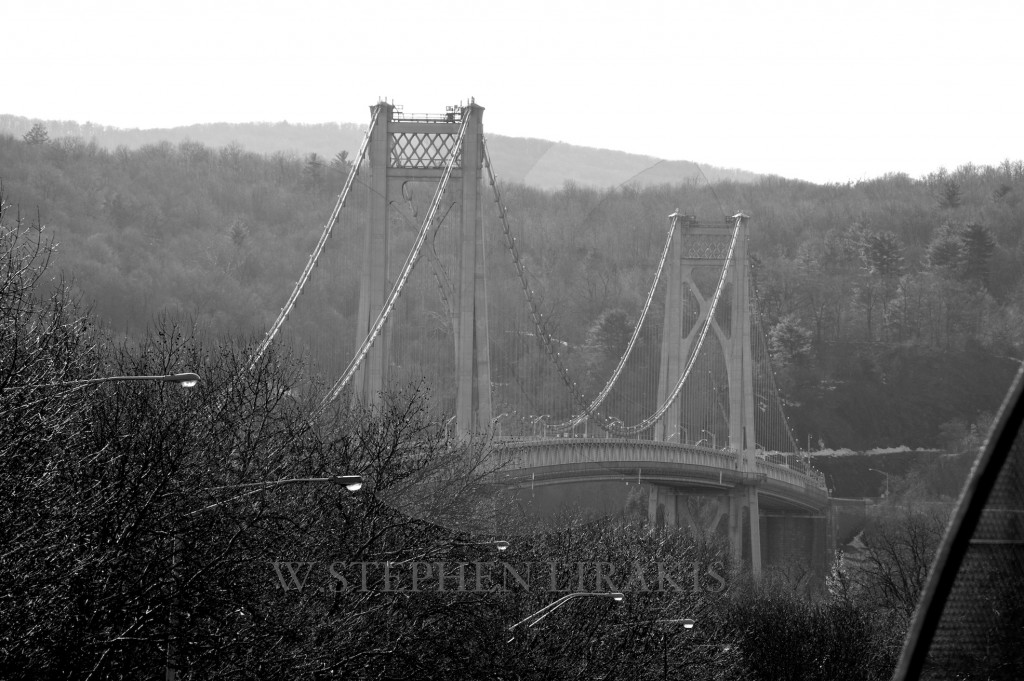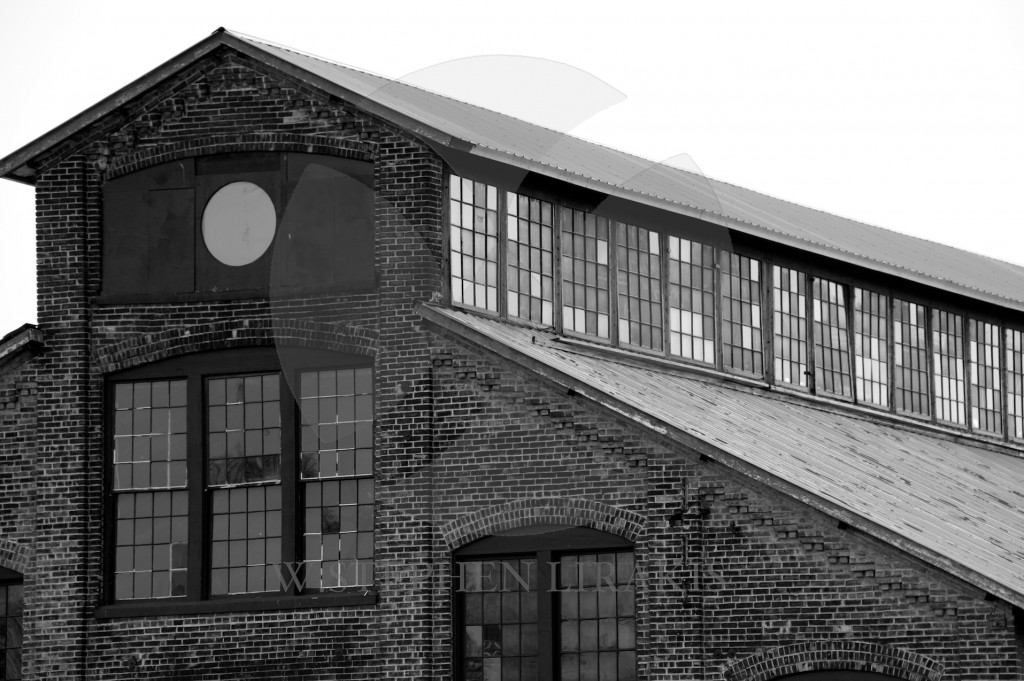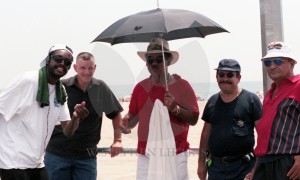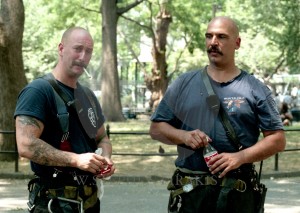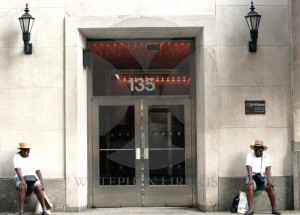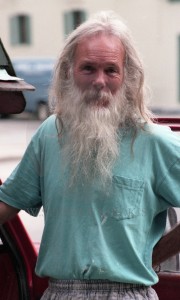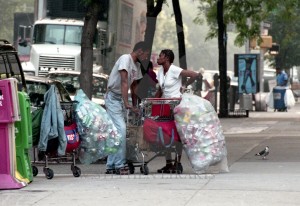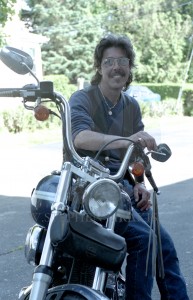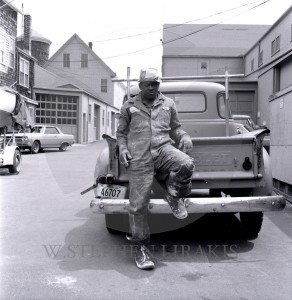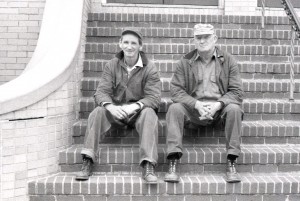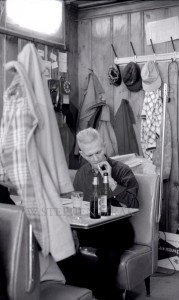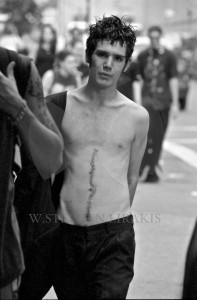Category: photography
JUNE 22, 2014
The competitors in the Bermuda race are still waiting for the southwesterly breeze to fill as forecast; moving slowly in any direction to achieve forward motion until then. No record times in this race. RACE TRACKER BY YELLOWBRICK
Meanwhile, I am a long way from it all; in Sonoma.


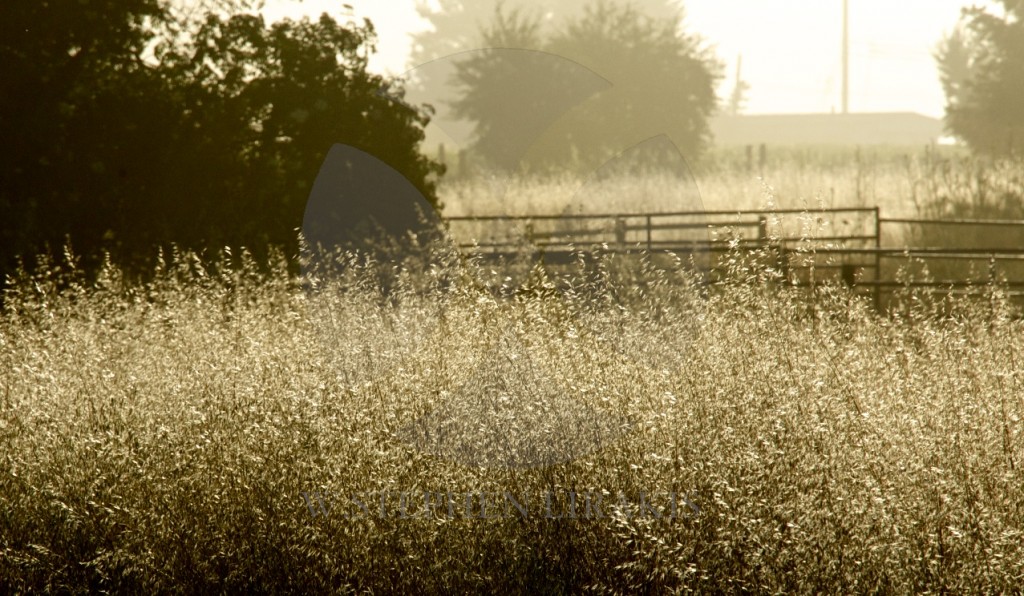
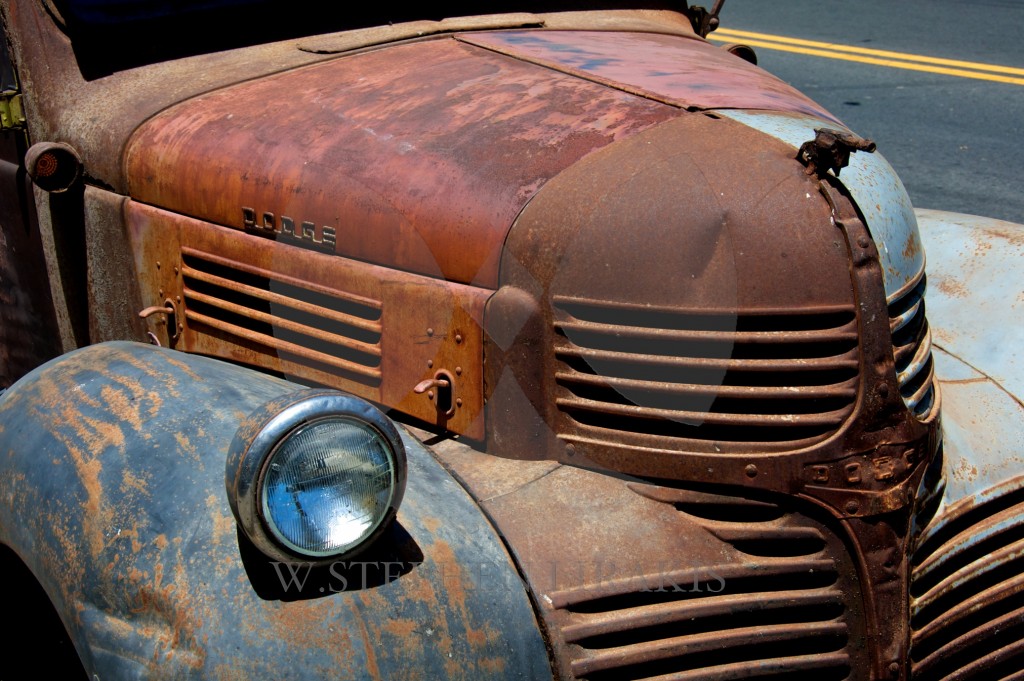
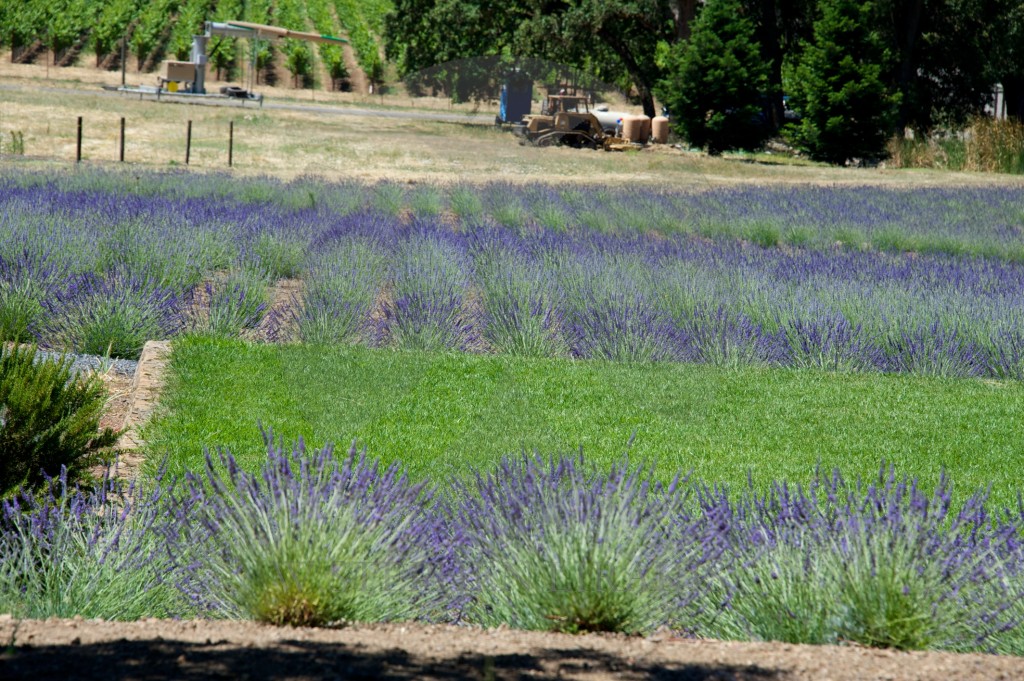
CAMERA WORK
PHOTO DAY
LIME ROCK RACING
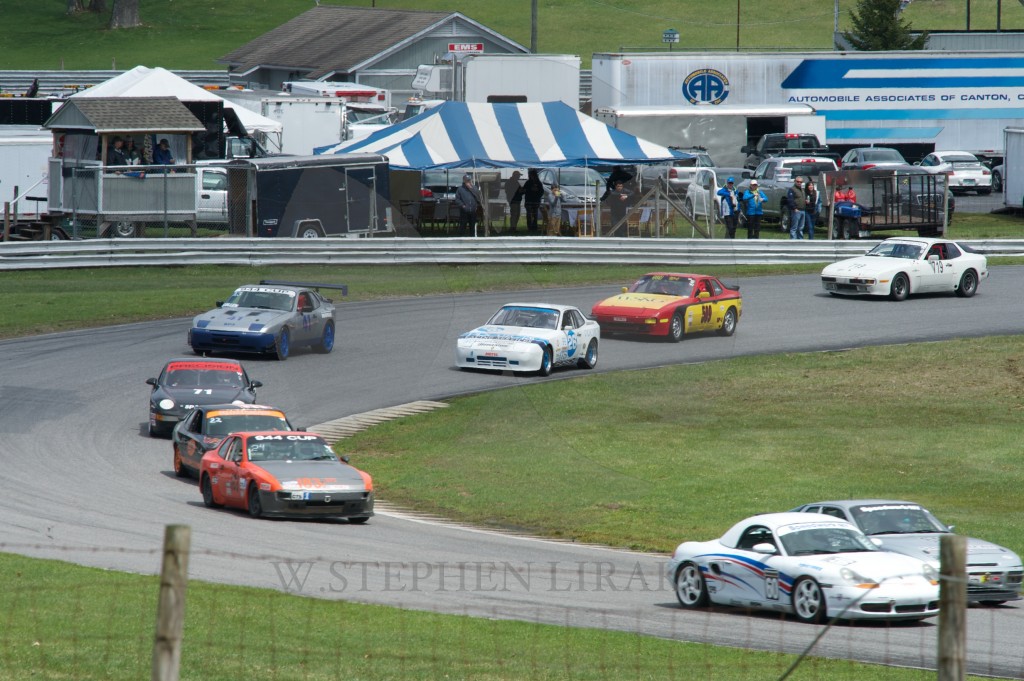
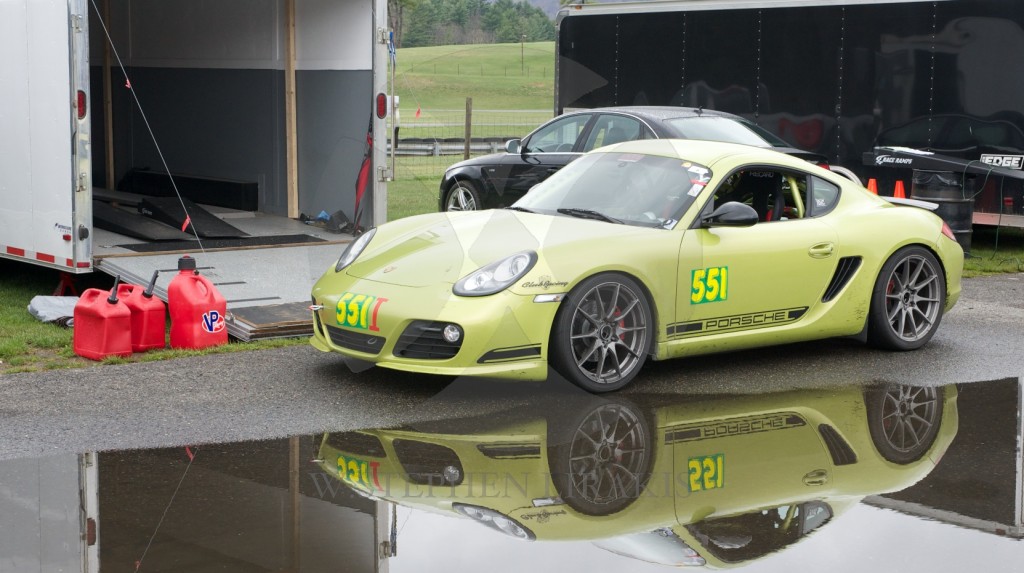
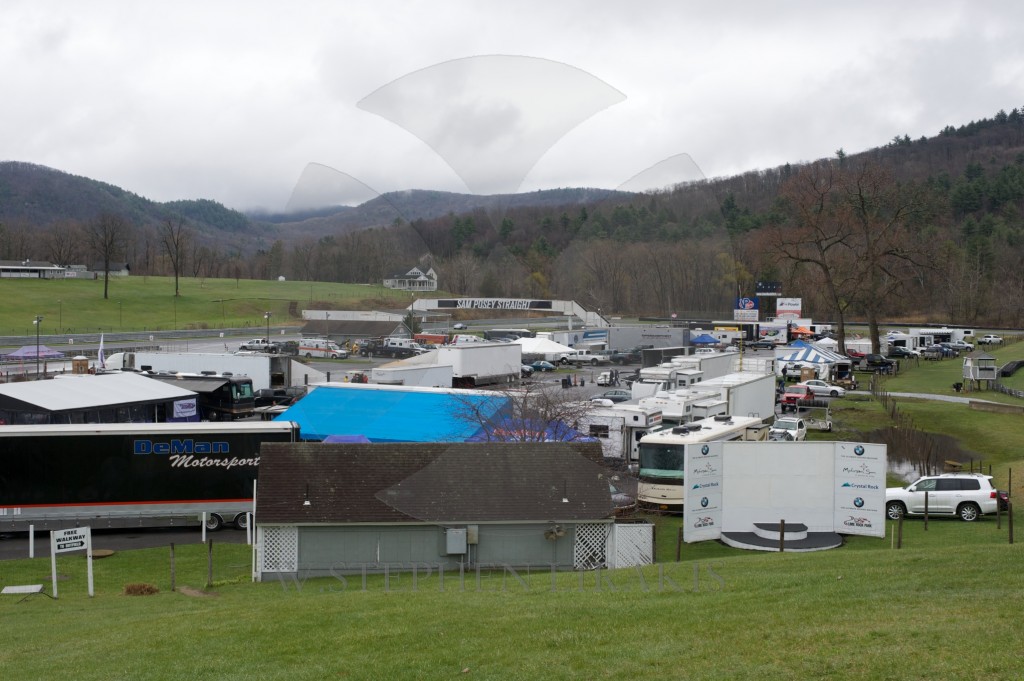
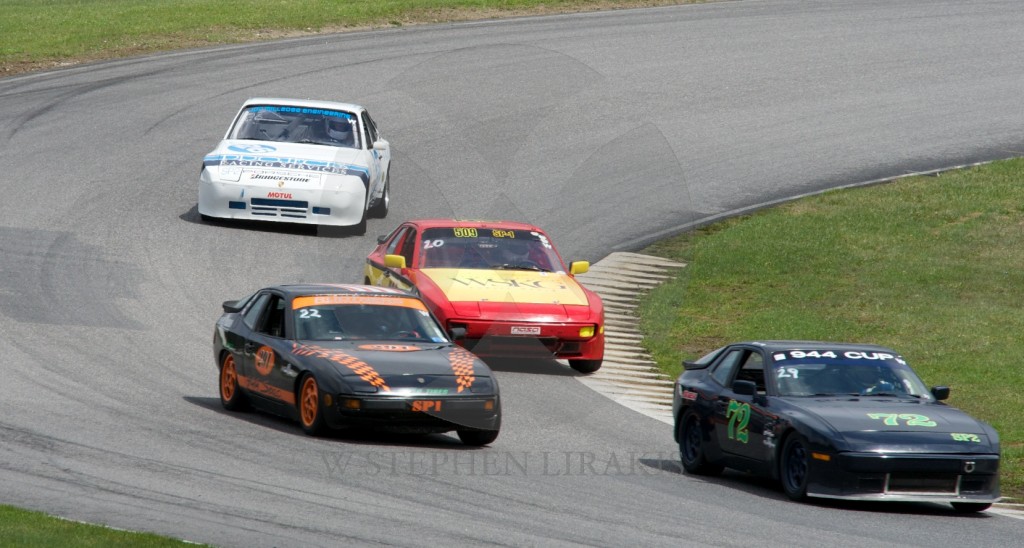
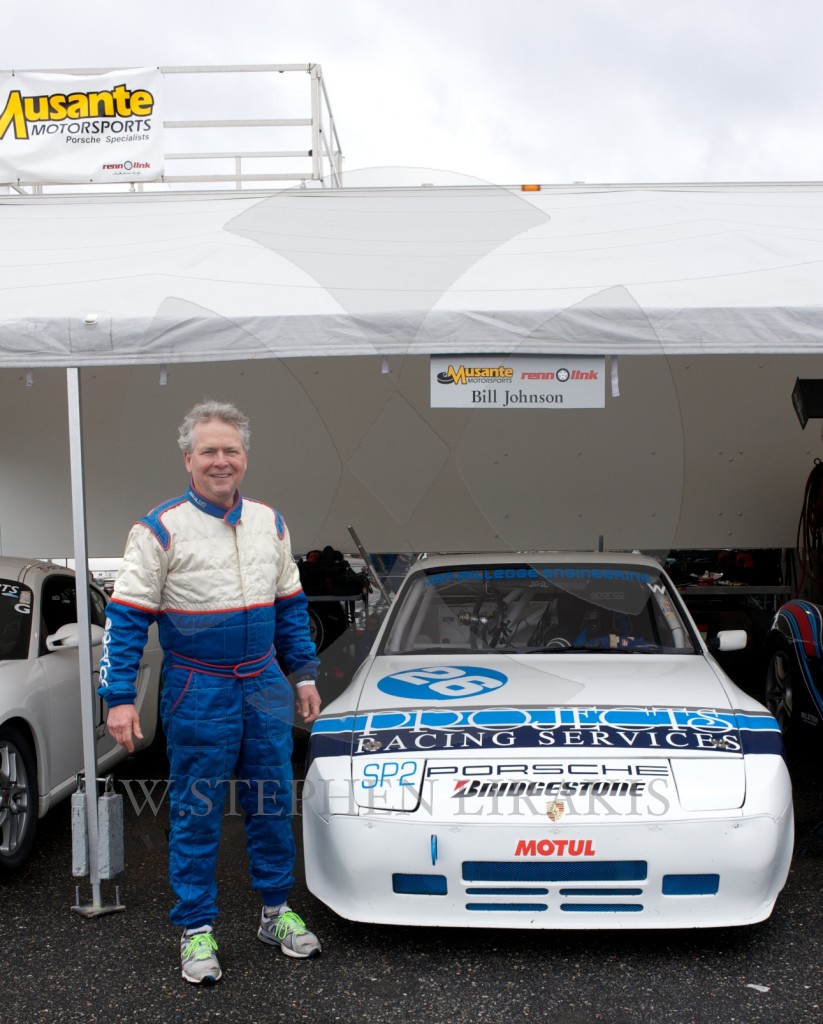
On Saturday I drove with a friend Paul Mello to watch Bill Johnson race his Porsche at Lime Rock Park. I know nothing about cars; never mind racing them. I was also my first experience photographing them. Getting to Lime Rock from Newport is an interesting drive. There is no way to get there directly, but it is a scenic drive.
SAILING SHAMROCK 1925
BRITISH PATHE
HUDSON RIVER ICE
HOLY LAND
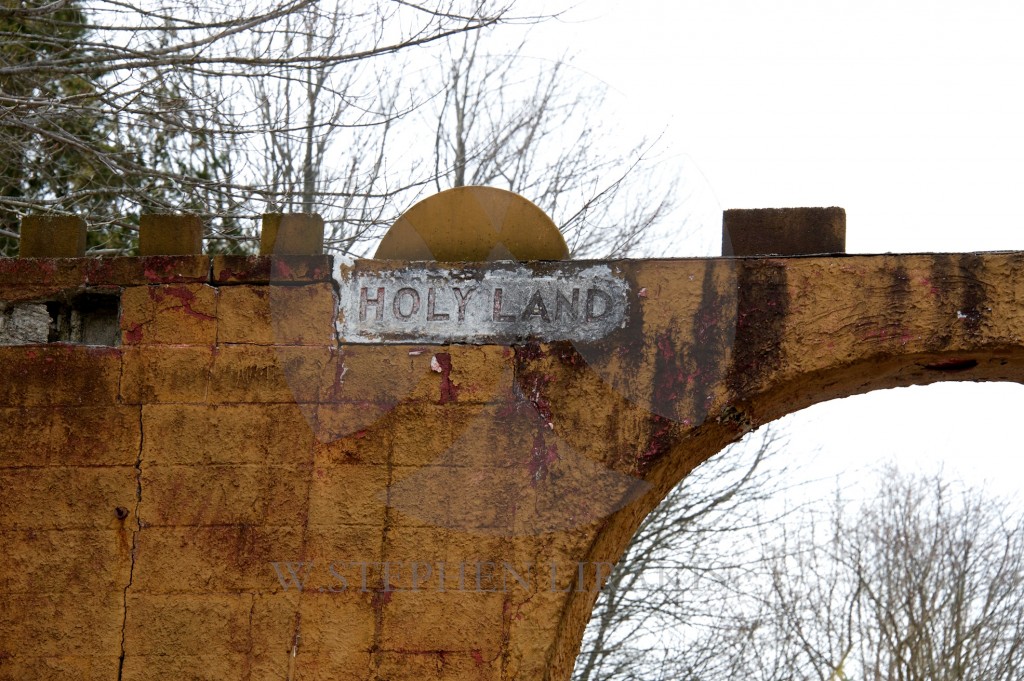
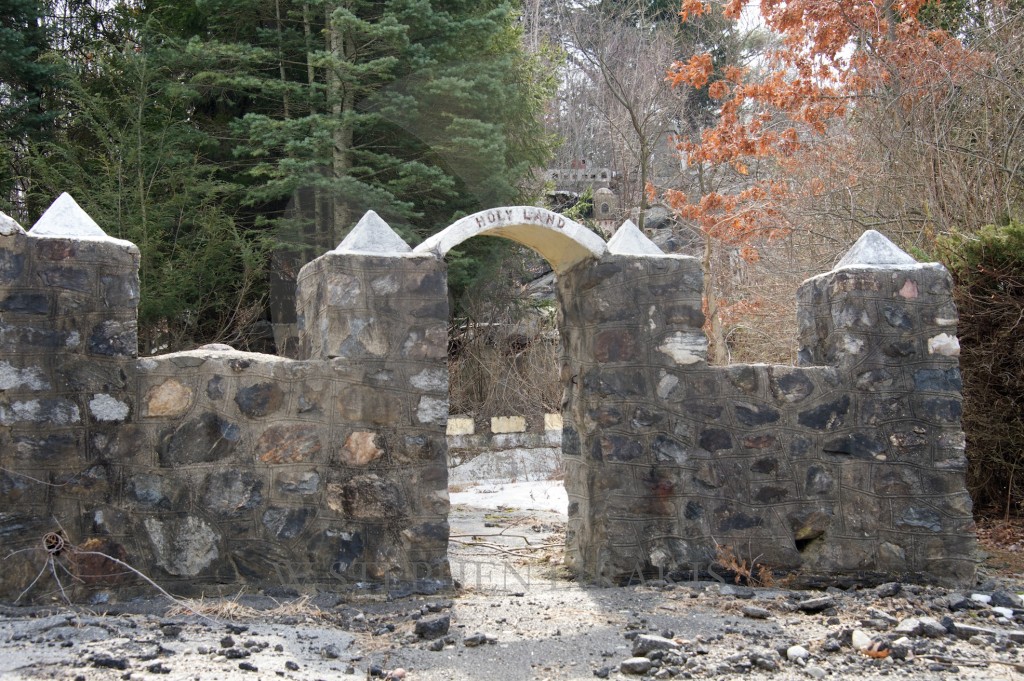
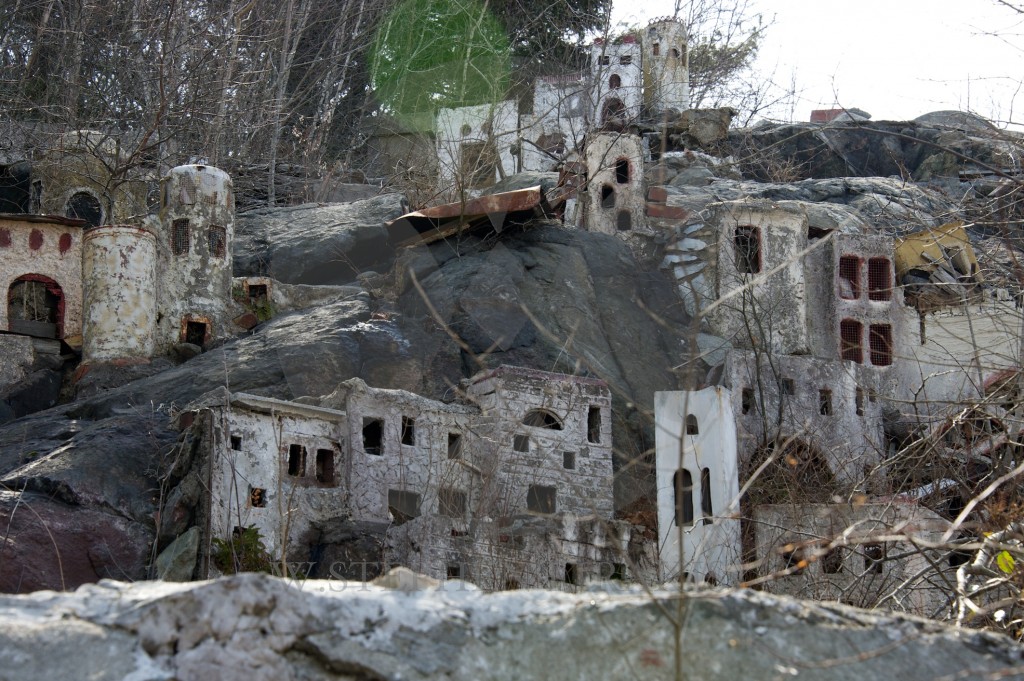
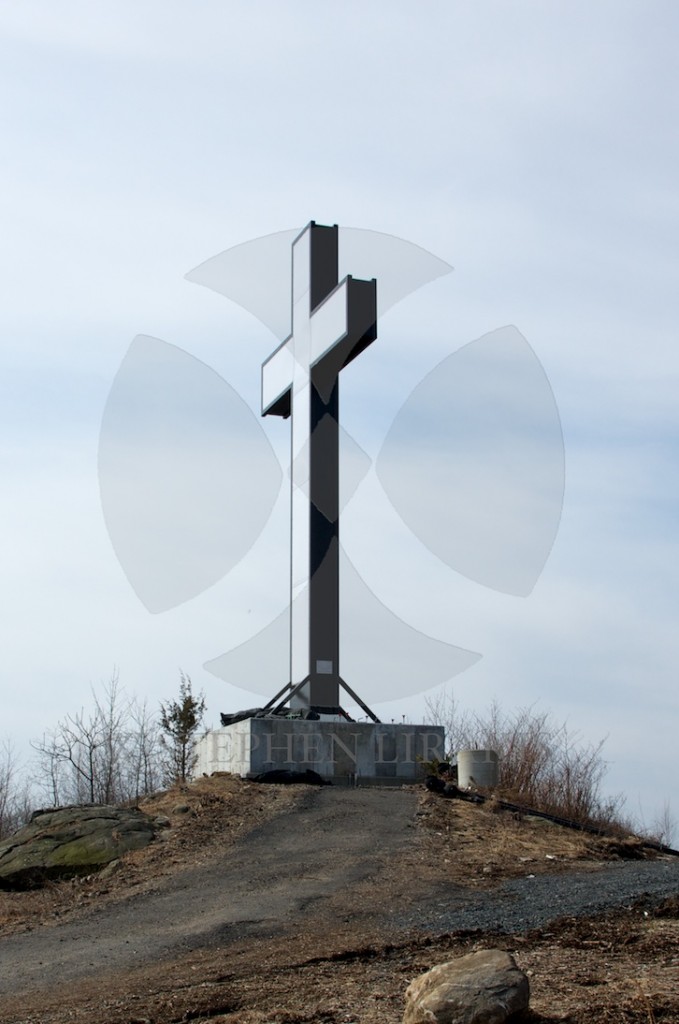


Holy Land is one man’s act of contrition. Not unlike the Watts Towers in Los Angeles.
STREET PHOTOGRAPHY SUDDENLY FASHIONABLE?
PHOTOGRAPHY EXHIBITION OF LOST PHOTOGRAPHS SHOWCASES EARLY 20TH CENTURY LONDON
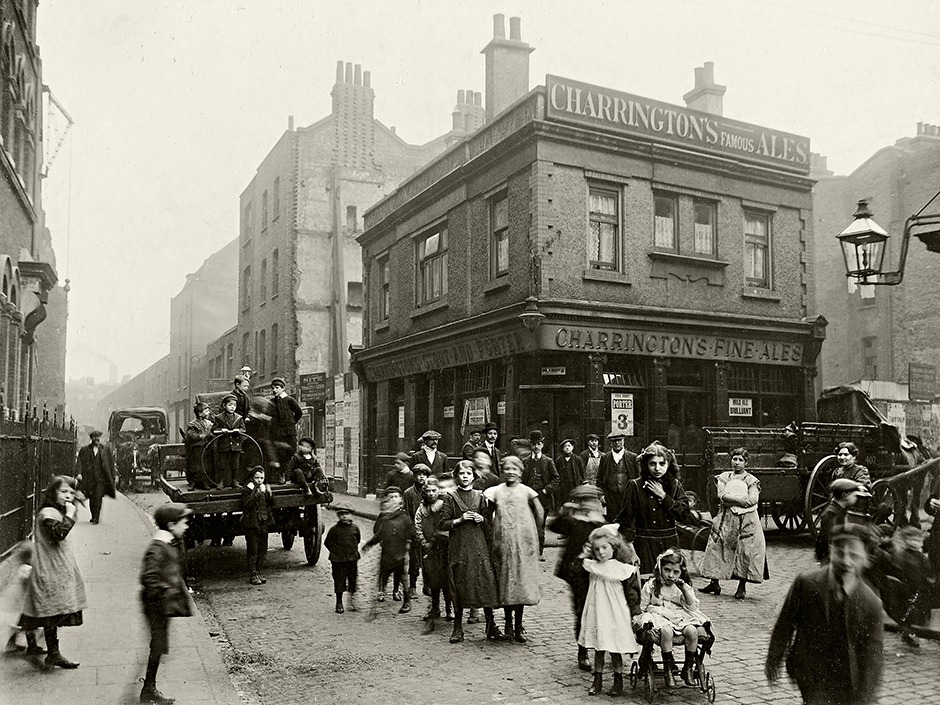
An exhibition opens later this week at the Eleven Spitalfields Gallery in London showcasing the work of a mysterious early 20th century street photographer known only as CA Mathews. Mathews photographed a variety of street scenes, almost at random, in the East London neighborhood of Spitalfields one April morning in 1912. Mathews’ purpose in taking the photos – as with almost all the details of his life – remains mysterious.
All that is definitively known about Mathews is the address of photography studio in Spitalfields, where he operated from 1911 until his death in 1916. His wife also died the same year, leading to speculation that they might have been early victims of the Spanish Flu epidemic, which swept through London.
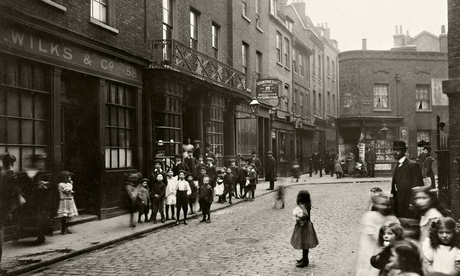
Mathews’ photographs depict the predominately Jewish neighborhood in all its confused early 20th century glory, with children bustling around teams of horses, vying with lorries and street sellers peddling their goods. The area was a notorious slum during the Victorian era, as famous for its burglars and prostitutes as for the long-standing (and long in decline) textile industry that dominated the neighborhood. Curiously, considering its reputation, the neighborhood residents appear relatively well-dressed and well-fed.
The photographs were forgotten for about 60 years, while they languished in a cardboard box in the archives of Bishopgate Institute. The photographs were uncovered a few years ago, but no record has yet been found indicating how they arrived at Bishopgate in the first place.
The exhibition will run from March 7 – April 27.


